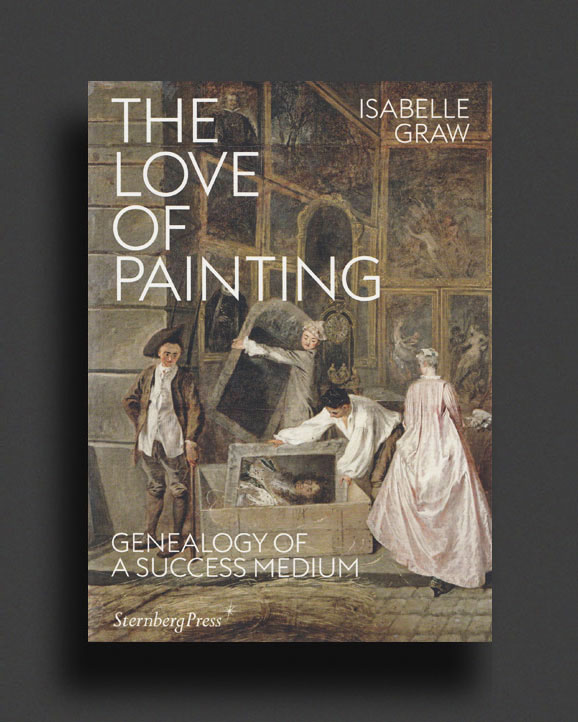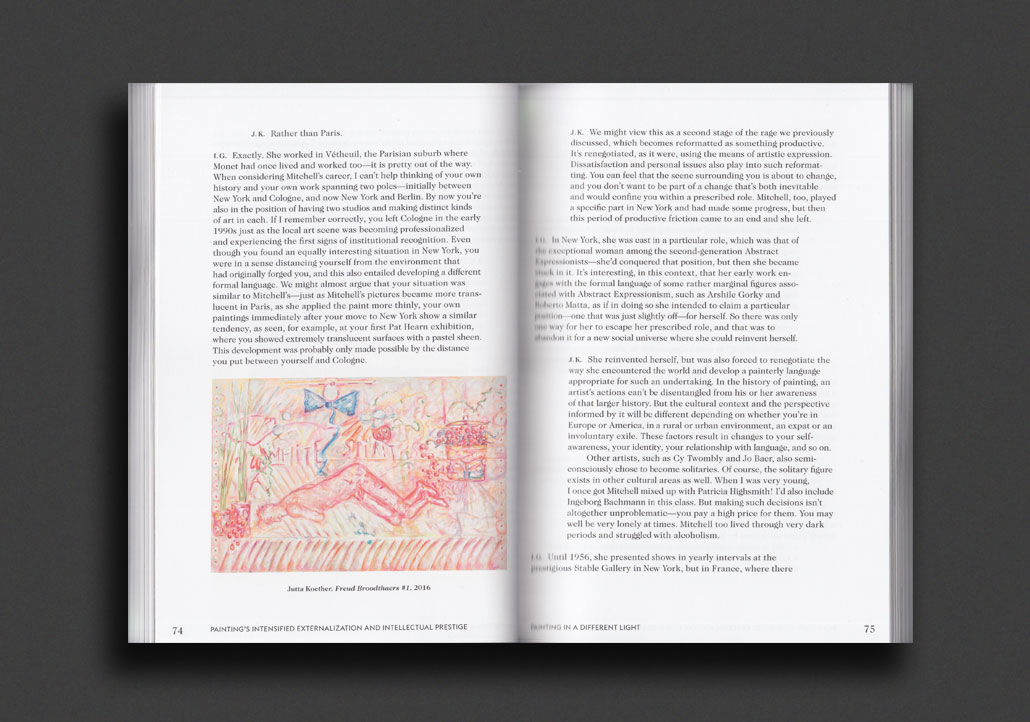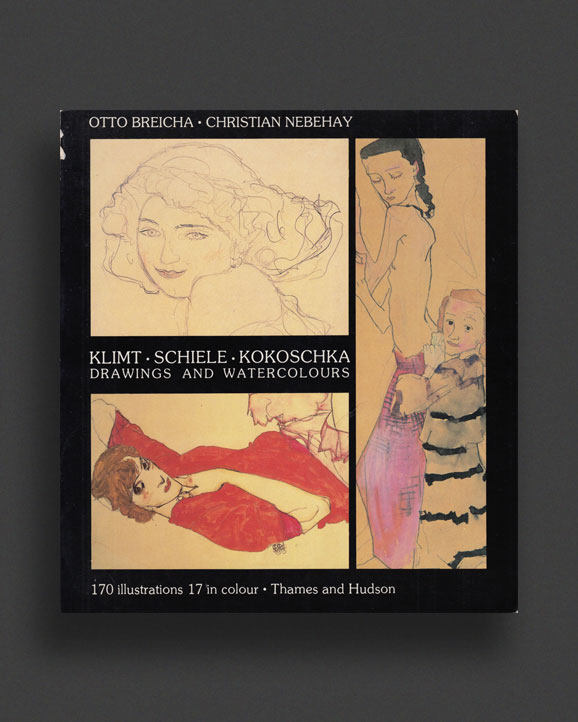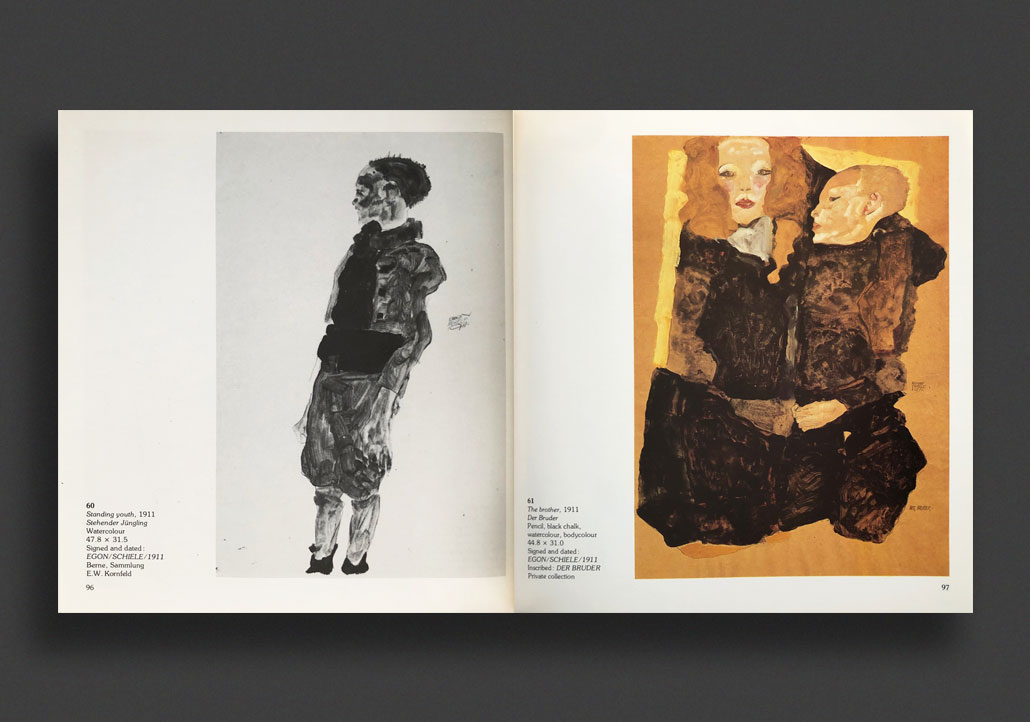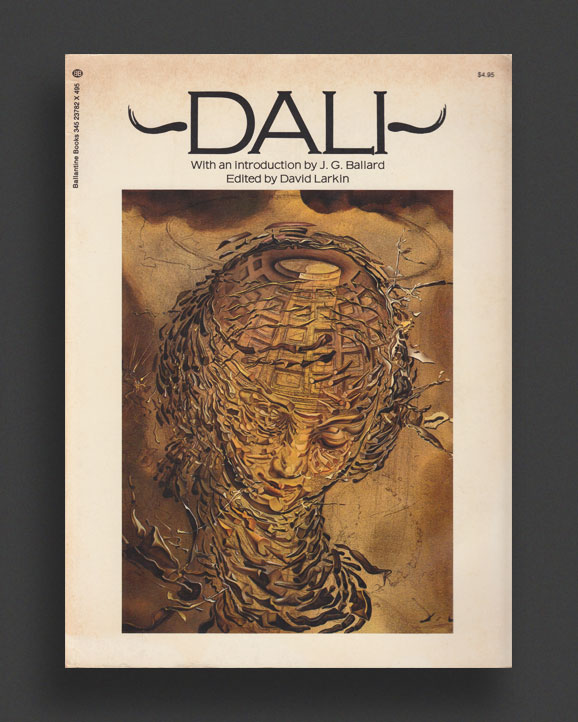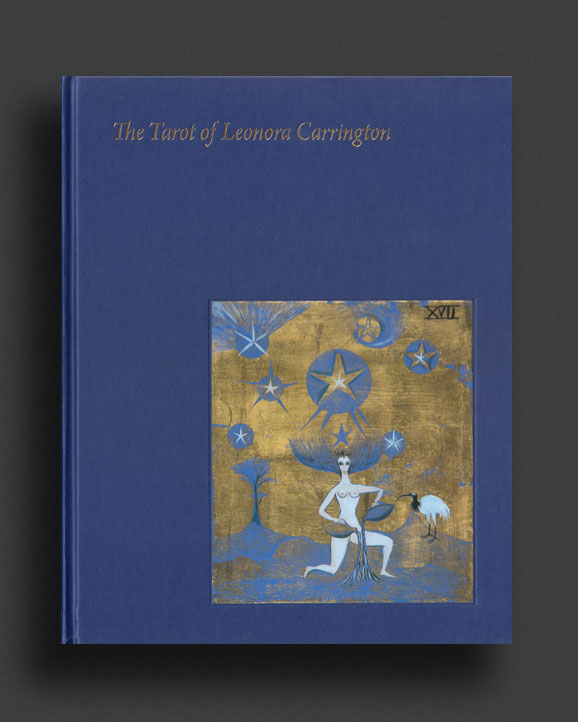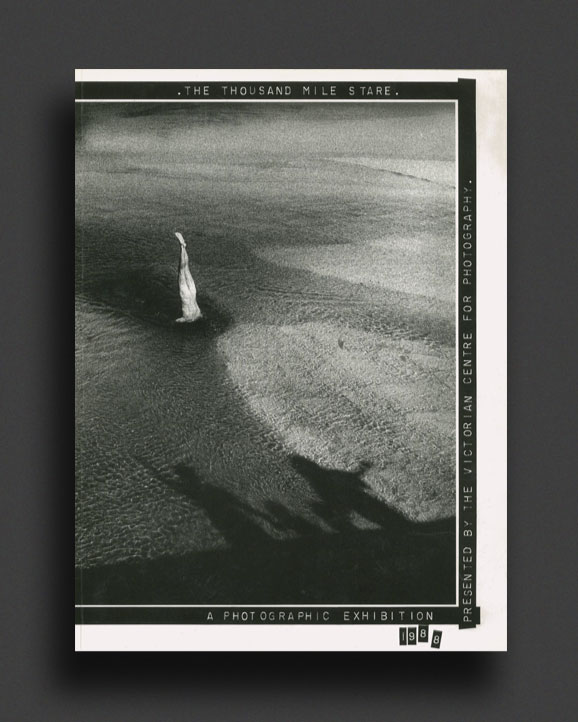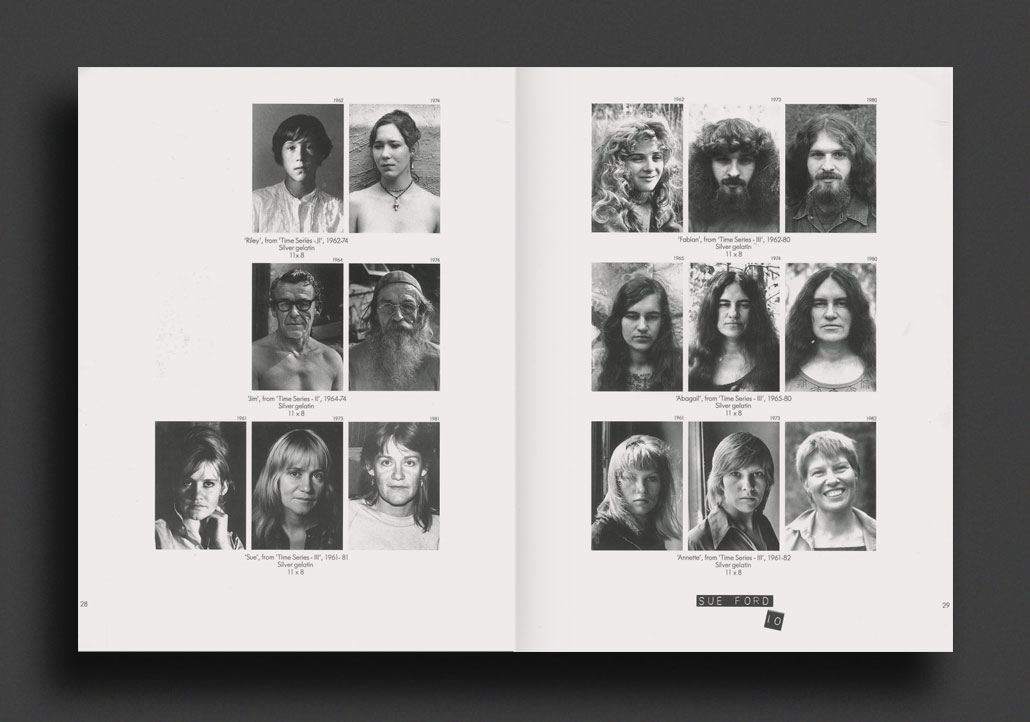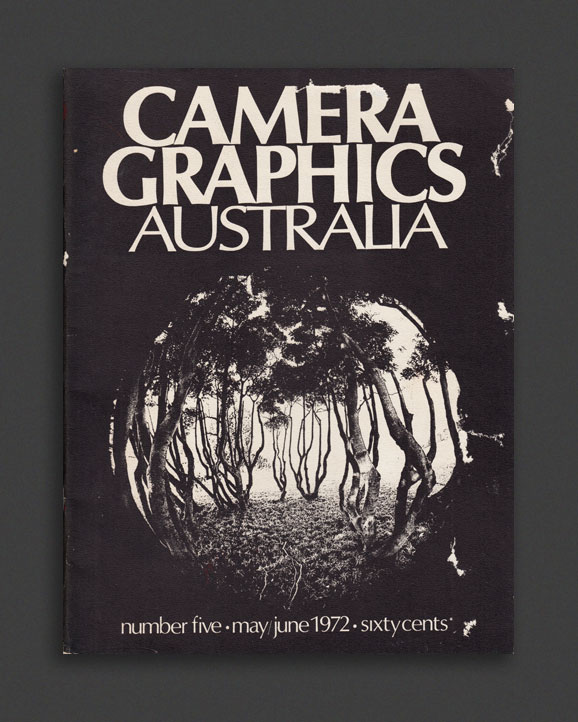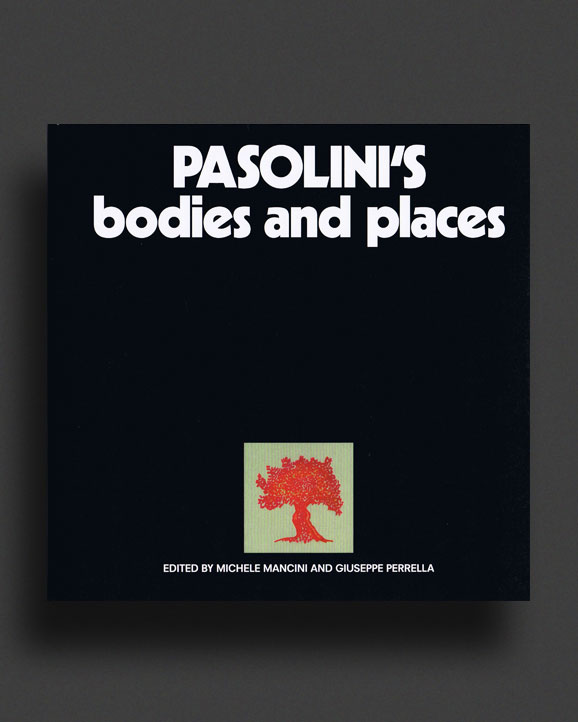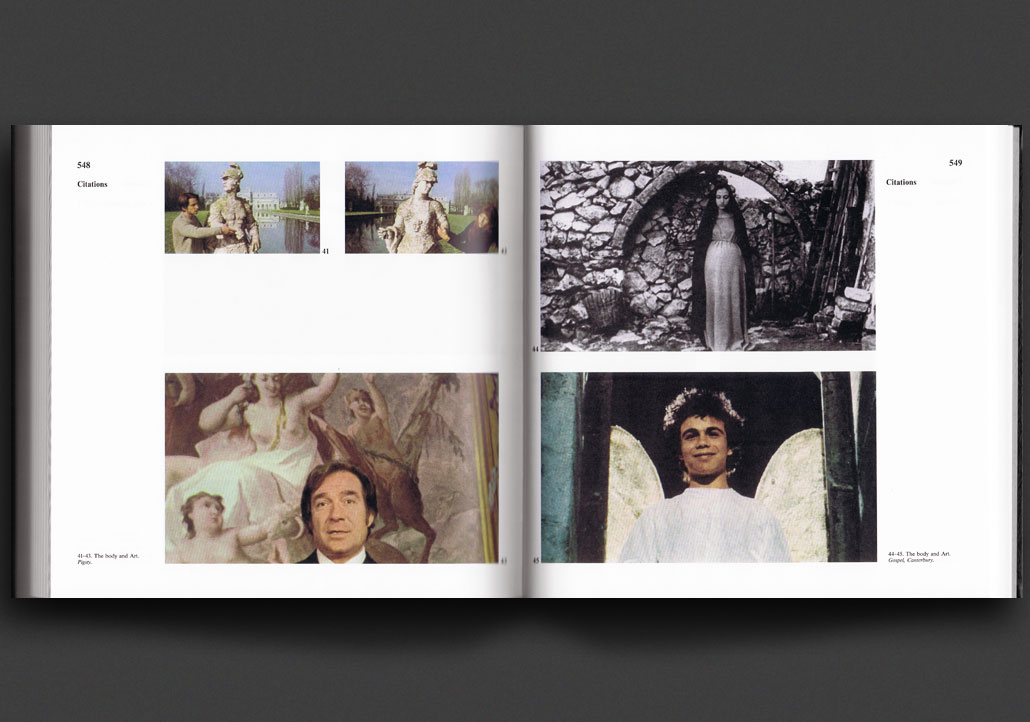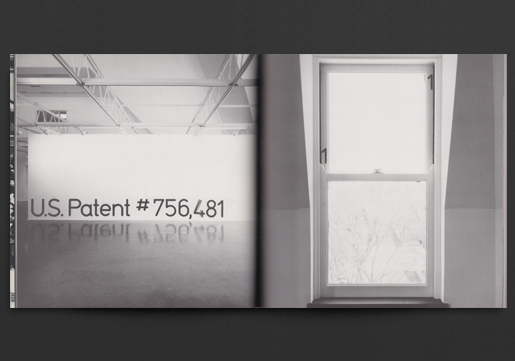(...less)
The expression 'ghost in the machine' emerged within a particular context, namely as a critique of Cartesian dualism's separation of soul and body, and thus served to revive a certain mechanistic materialism. In simple terms, this review denies the existence of an independent soul (the 'ghost') contained in a corporeal organism (the 'machine'). It asserts, on the contrary, that the 'soul' is just a manifestation of the body—that ultimately they are one and the same. Although this remains a fraught question, always accompanied by the risk of slipping into the register of belief, it is resurfacing today in relation to the emergence of artificial intelligences: Can there be such a thing as an artificial intelligence? Can such an intelligence really add up to something more than the sum total of the binary operations that generate it? And what exactly is the 'artificial'? The artificial always brings with it the fantasy of emancipation and autonomy, and a break with a supposedly natural order of things. It is subversive. AI, precisely in so far as it is artificial, embraces this subversion, hybridizing the Promethean and the Faustian, heralding as many promises as potential dangers, and raising the stakes as high as the survival or extinction of humanity itself. In this respect, the domain of musical creation constitutes a kind of front line, at once a terrain of exploration for possible applications of AI and a domain that boasts an already substantial history of the integration of machines and their calculative power into creative processes. From algorithmic composition to methods of resynthesis, from logical approaches to the creation of cybernetic systems, from the birth of computer music to neural networks, for more than half a century now music has been in continual dialogue with the binary universe of electron flows and the increasingly complex systems that control them. Each of the texts included here, in its own way, reveals a different facet of the strange prism formed by this alliance. Each project its own particular spectrum—or spectrum; each reveals a ghost, evokes an apparition that is a composite of ideas, electricity, and operations. This book, then, does not set out to cut the Gordian knot constituted by the question of the possible mutations and becomings of binary logic, and in particular its most recent avatar, AI. On the contrary, it seeks to shed a diverse light upon the many possible ways of coming to grips with it today, and upon the dreams, promises, and doubts raised by these becomings, whether actualized in the creation of codes and programs to assemble sounds or infusing a whole compositional project; whether they reveal the algorithmic dimension of the human being, or directly take over the writing of the text itself, rising to the authorial level. Above all, though, what is at stake here is to discover how these developments resonate together, and how this resonance manifests itself through all these approaches, all these reflections, all these modes of creation and of living.
—The Editors
About
The expression "ghost in the machine" originated in a particular context, that of the critique of the Cartesian dualism separating the soul and the body, thus reconnecting with a certain mechanistic materialism. To put it simply, this approach denies the existence of an independent soul (the ghost) that would be conveyed by a corporeal organism (the machine). It affirms, on the contrary, that the “soul” is only a manifestation of the body and is one with it. If this question is still difficult to decide, risking at any time to slip into the register of beliefs, it is now being updated around the emergence of artificial intelligences: does such intelligence exist? Is it not reduced to the sum of the binary operations which generate it? And what exactly is the artificial? The artificial always carries within it a fantasy of emancipation, autonomy and a break with a supposedly natural order of things. He is subversive. AI, precisely as artificial, embraces such subversion, hybridizing Promethean and Faustian mythos, auguring just as much promise as potential danger, pushing the stakes as high as the survival or extinction of the humanity. As such, the field of musical creation is an outpost. It is both a field for exploring the possible applications of AI and a field that already has a fairly long history in the integration of machines and their computing power in the creative process. From algorithmic composition to resynthesis methods, from the logical approach to the creation of cybernetic systems, from the birth of computer music to neural networks, music, for more than half a century, has entered into a dialogue uninterrupted with the binary universe of electron flows and the increasingly complex systems that govern them. The texts to come tell, each in their own way, a different side of this strange prism that such an alliance forms. They each project a particular spectrum, reveal a ghost, and evoke a composite appearance of ideas, electricity, and operations. This book is therefore not intended to try to cut the Gordian knot that constitutes the question of the possible becomings and mutations of binary logic, and in particular of its latest avatar, AI. On the contrary, it proposes to shed multiple light on the possible ways of seizing them, the dreams, the promises and the doubts that these becomings raise, that they are actualized in the creation of codes and programs to overlap the sounds, that they inspire a whole compositional project, that they reveal the algorithmic in humans or even that they directly take over the writing of the text itself, raising themselves to the height of the author. But more than anything, the challenge here is to establish how these becomings can resonate and how this manifests itself, through all these approaches, all these reflections, all these ways of creating and being in life. Because the artificial, the artefact, is always the non-human child of a human, all too human dream. Publishers promises and doubts that these becomings raise, that they are actualized in the creation of codes and programs to overlap sounds, that they breathe life into a whole compositional project, that they reveal the algorithmic in humans or even though they directly take over the writing of the text itself, raising themselves to the height of the author. But more than anything, the challenge here is to establish how these becomings can resonate and how this manifests itself, through all these approaches, all these reflections, all these ways of creating and being in life. Because the artificial, the artefact, is always the non-human child of a human, all too human dream. Publishers promises and doubts that these becomings raise, that they are actualized in the creation of codes and programs to overlap sounds, that they breathe life into a whole compositional project, that they reveal the algorithmic in humans or even though they directly take over the writing of the text itself, raising themselves to the height of the author. But more than anything, the challenge here is to establish how these becomings can resonate and how this manifests itself, through all these approaches, all these reflections, all these ways of creating and being in life. Because the artificial, the artefact, is always the non-human child of a human, all too human dream. Publishers whether they reveal the algorithmic in humans or whether they directly take over the writing of the text itself, raising themselves to the height of the author. But more than anything, the challenge here is to establish how these becomings can resonate and how this manifests itself, through all these approaches, all these reflections, all these ways of creating and being in life. Because the artificial, the artefact, is always the non-human child of a human, all too human dream. Publishers whether they reveal the algorithmic in humans or whether they directly take over the writing of the text itself, raising themselves to the height of the author. But more than anything, the challenge here is to establish how these becomings can resonate and how this manifests itself, through all these approaches, all these reflections, all these ways of creating and being in life. Because the artificial, the artefact, is always the non-human child of a human, all too human dream. Publishers of all these ways of creating and being alive. Because the artificial, the artefact, is always the non-human child of a human, all too human dream. Publishers of all these ways of creating and being alive. Because the artificial, the artefact, is always the non-human child of a human, all too human dream. Publishers
— Publishers.
Authors : Keith Fullerton Whitman, Émilie Gillet, Steve Goodman, Florian Hecker, James Hoff, Roland Kayn, Ada Lovelace, Robin Mackay, Bill Orcutt, Matthias Puech, Akira Rabelais, Lucy Railton, Jean-Claude Risset, Sébastien Roux, Peter Zinovieff
File under:
Florian Hecker
Roland Kayn
Keith Fullerton Whitman
Keith Fullerton Whitman
Émilie Gillet
Steve Goodman
Florian Hecker
James Hoff
Roland Kayn
Ada Lovelace
Robin Mackay
Bill Orcutt
Matthias Puech
Akira Rabelais
Lucy Railton
Jean-Claude Risset
Sébastien Roux
Peter Zinovieff
Shelter Press / France
Sound / Music
Art
Theory / Essay




















































































































































